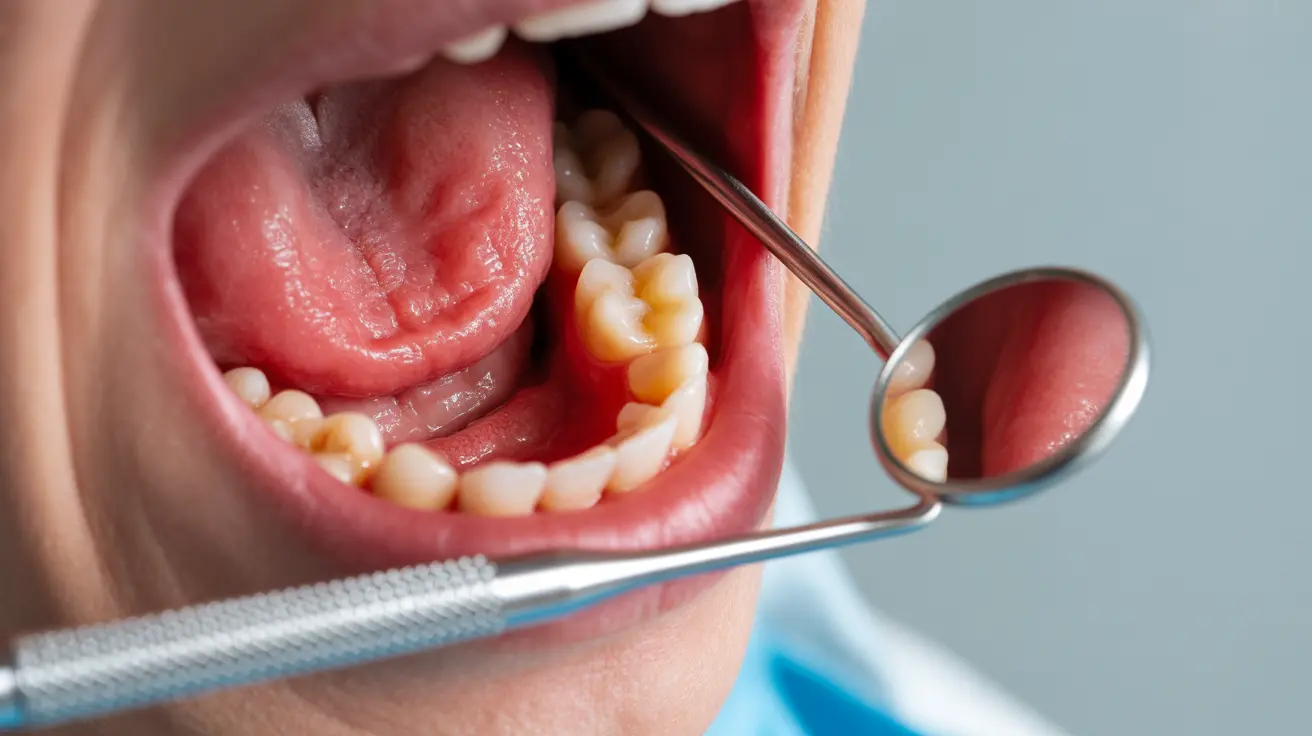For individuals who have experienced significant weight loss, excess abdominal skin can be more than just a cosmetic concern—it can significantly impact quality of life. Panniculectomy offers a medical solution for those struggling with overhanging skin that causes discomfort, hygiene issues, and potential health complications.
This surgical procedure addresses a specific challenge faced by many people after substantial weight loss, providing relief and improved physical functionality. Understanding the details of panniculectomy can help patients make informed decisions about their health and body transformation journey.
Understanding Panniculectomy Surgery
Panniculectomy is a specialized surgical procedure designed to remove excess, hanging skin and fat (known as the pannus) from the lower abdomen. Unlike cosmetic procedures, this surgery primarily focuses on addressing medical concerns that arise from significant weight loss or other body changes.
Who Needs a Panniculectomy?
- Experienced massive weight loss through bariatric surgery or lifestyle changes
- Developed chronic skin irritation or recurring infections beneath skin folds
- Difficulty performing daily activities due to excess abdominal skin
- Persistent hygiene challenges related to overhanging skin
Medical Versus Cosmetic Considerations
It's crucial to distinguish panniculectomy from a cosmetic tummy tuck (abdominoplasty). While a tummy tuck involves muscle tightening and aesthetic reshaping, panniculectomy is strictly a functional procedure aimed at improving patient health and quality of life.
Surgical Procedure Details
During a typical panniculectomy, surgeons make strategic incisions to remove the excess skin and fat. The procedure usually involves:
- A horizontal incision above the pubic area
- Potential vertical incisions for more extensive skin removal
- Careful excision of overhanging skin and fat
- Precise suturing to close the surgical site
Preparation and Evaluation
Before undergoing panniculectomy, patients must:
- Maintain a stable weight for at least six months
- Be in good overall health
- Have no uncontrolled medical conditions
- Cease smoking for a specified period before surgery
Recovery and Post-Surgical Expectations
Recovery from panniculectomy varies but typically involves:
- Initial hospital stay ranging from same-day discharge to two days
- Pain management with prescribed medications
- Wearing supportive compression garments
- Avoiding strenuous activities for 4-6 weeks
- Multiple follow-up appointments to monitor healing
Potential Risks and Complications
Like any surgical procedure, panniculectomy carries potential risks such as:
- Infection
- Scarring
- Fluid accumulation
- Delayed wound healing
- Potential tissue damage
Insurance and Financial Considerations
Insurance coverage for panniculectomy depends on demonstrating medical necessity. Patients must provide documentation proving that the excess skin causes:
- Chronic skin infections
- Significant functional impairment
- Ongoing medical complications
Frequently Asked Questions
What is the difference between a panniculectomy and a tummy tuck (abdominoplasty)?
A panniculectomy focuses solely on removing excess skin and fat for medical reasons, while a tummy tuck involves muscle tightening and is considered a cosmetic procedure.
How long does it typically take to recover from panniculectomy surgery?
Most patients return to work within four weeks, but full healing and reduction of swelling can take up to three months. Complete recovery varies based on individual health and surgical complexity.
Can insurance cover the cost of a panniculectomy procedure?
Insurance may cover panniculectomy if medical documentation proves the procedure is necessary to address chronic health issues caused by excess skin, rather than for purely aesthetic reasons.
What are the common reasons someone might need a panniculectomy?
Common reasons include significant weight loss, chronic skin infections, persistent skin irritation, hygiene difficulties, and functional limitations caused by overhanging abdominal skin.
What are some potential complications or risks associated with panniculectomy surgery?
Potential risks include infection, scarring, delayed wound healing, fluid accumulation, tissue damage, and complications related to anesthesia. Patients with certain medical conditions or who smoke may have higher risk profiles.
Consulting with a qualified healthcare professional can provide personalized insights into whether panniculectomy is the right choice for individual health needs and circumstances.




